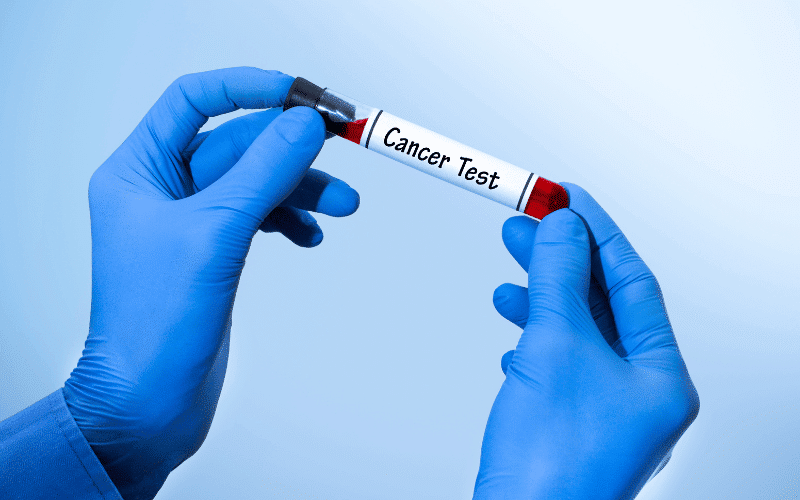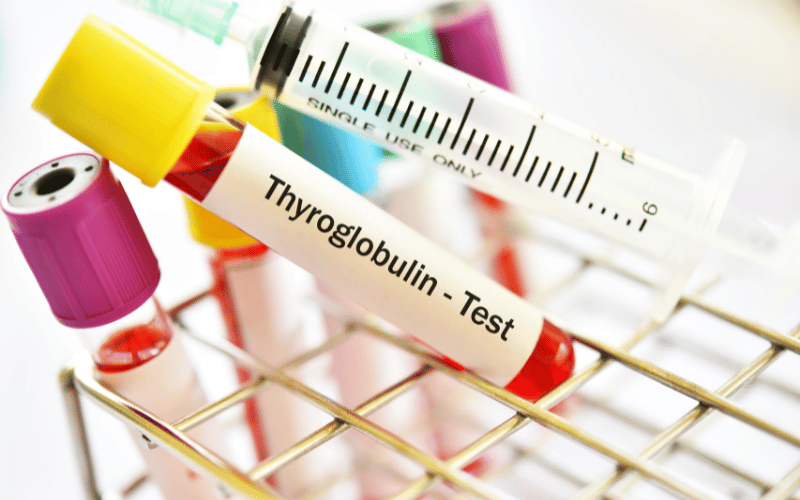Introduction: The Relevance and Complexity of Thyroid Cancer Markers

Thyroid cancer, a concerning entity in the oncological world, has been exponentially rising, demanding comprehensive research and in-depth understanding. Among various aspects of this particular cancer type, thyroid cancer markers have become a focal point. As substances that can indicate disease presence, these markers offer an inside track into the elusive world of thyroid cancer.
The sophistication of thyroid cancer lies in its nuanced manifestation. It isn’t a single switch that flips on, revealing its presence. Instead, it’s a puzzle, each piece representing a marker that contributes to the bigger picture. As the scientific community delves deeper into this mystery, seven key thyroid cancer markers have emerged as game-changers in disease detection and management.
Understanding these markers is a voyage into the molecular mechanics of thyroid cancer. Each marker serves as a distinct chapter in the cancer narrative, providing clues about its origin, progression, and potential treatment response. This article explores the role and implications of these markers, peeling back the layers to provide insights into thyroid cancer’s complex script.
This deep dive into thyroid cancer markers isn’t merely an academic exercise. For patients, caregivers, and medical practitioners, understanding these markers can be a lifeline. By harnessing this knowledge, we can initiate timely interventions, design effective treatment plans, and ultimately, save lives. Let’s embark on this enlightening journey to comprehend the seven crucial thyroid cancer markers.
1. Thyroglobulin (Tg): The Watchful Sentinel

Thyroglobulin, or Tg, serves as a crucial biomarker in the landscape of thyroid cancer. A protein unique to the thyroid gland, Tg, has the singular distinction of being our body’s internal alert system. When thyroid cancer is treated successfully, Tg levels in a patient’s bloodstream take a plunge.
However, the narrative of Tg is layered, with nuances that often escape the untrained eye. An essential detail here is the behaviour of Tg levels post-treatment. One would naturally expect Tg levels to dwindle after successful thyroid cancer therapy, and that’s usually the case. But when these levels defy this trend and remain high or even rise, it rings alarm bells. It is akin to a seasoned watchman spotting an intruder, signifying potential residual or recurrent disease.
Yet, one must also appreciate the complexity of this marker. The rise in Tg isn’t always due to cancer recurrence. Certain conditions can trigger a spike in Tg levels, rendering it a tricky marker to interpret. Despite this, the importance of Tg monitoring in thyroid cancer management remains unchallenged. It serves as an efficient tool, enabling physicians to identify potential threats and act swiftly.
Tg’s role doesn’t end with the diagnosis and initial treatment. This marker continues to prove its worth in long-term follow-up of thyroid cancer patients. Regular Tg monitoring can help catch any potential recurrence early, enabling swift intervention and better patient outcomes.
This unique dual role of Tg, as a diagnostic tool and a surveillance aide, underscores its importance in the thyroid cancer landscape. It’s the vigilant sentinel, ever watchful, always alert, guarding against the insidious threat of thyroid cancer. (1)